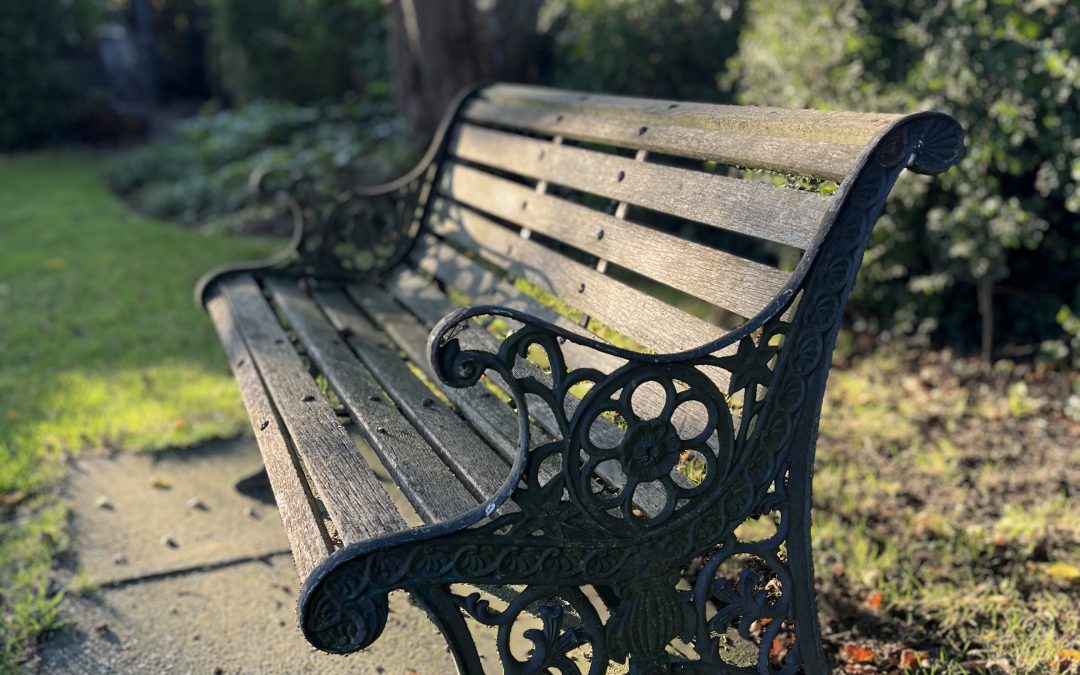I deliberately took some time away from social media over the past month, to focus on my family as the summer weeks flew past and before I knew it, our beloved Labrador turned 14 years old and my lovely daughter began high school. I wanted to cherish those last few moments of summer and the gift of time I had with them both, before life got busy again.
I’m so glad that I did – it really feels as though autumn is upon us now, as the nights are drawing in and the mornings are fresher. The most clear herald of autumn to me is how the summer sunlight has now given rise to the golden glows of autumn afternoons.
Autumn is absolutely my favourite season here in north Herefordshire, not only for the kaleidoscope of colours about to befall our gardens and countryside, but also because it is a time to reflect. To reflect on the year that has already gone so fast, to reflect on how our gardens flourished this growing season (or perhaps did not!), to reflect on the wildlife that we share our gardens with and how we might do better by them in future, and to reflect on what about our gardens that we might like to alter or improve on for next year.
I’m a perpetual ‘tinkerer’ in my own garden every autumn, supplying close friends and neighbours with a bonanza of plants that I no longer have space for (or divisions of those that I end up moving to another bed/border), do not fit the aesthetic for which I’m aiming, or aren’t as reliable as I’d hoped with my own microclimatic conditions and would thrive somewhere else instead. I really look forward to this process every year!
Autumn is such a great time to consider how you might want your garden to evolve over the next year and to start planning ahead:
- Is there a big project that you would like to undertake? Is working with a garden designer on the horizon?
- Are there any beds needing a bit of a planting overhaul? g. some plants moved about, or new ones added?
- How can you make more space for wildlife amongst your planting and, more widely, throughout your garden?
- Given the increasing occurrence of extreme weather events as our climate continues to change, can you better ‘future-proof’ your planting?
Bearing these questions in mind, this is how I approach the start of ‘tinkering season’ in my own garden:
- With a cuppa, stroll around the entire garden, then sit and ask yourself: What did I love about it this year? What worked really well? Where are my favourite places in the garden and what do they consist of?
- After this reflection, walk around the garden again, this time with a critical eye and a notepad and ask yourself: What hasn’t worked? Why might this be? (Overcrowding, too much shade, too dry, colours don’t compliment, wrong plants in the wrong place, not enough colour, more seasonal interest?)
- Roughly sketch out the beds/borders that need some amendments and note down what plants need (re-)moving or dividing, and then add to your notes as to where those plants might be moved to. If you have identified gaps, jot down ideas you might have for plants that could fill those spaces. New beds/borders can also be sketched (perhaps moving some of the plants or divisions taken from elsewhere).
- In the coming weeks, set aside time to (re-)move or divide plants around the garden as necessary. Towards the end of September through early/mid-November is best (depending on the weather), as you can see most plants in full growth and so site them more confidently in their new positions. (Spring is also a good time to move plants around, but I find it’s a little more tricky because often they are only just emerging from their winter dormancy and so spacing can be a little harder). The soil is also still warm in autumn, so any plants moved or divided have time to get their roots settled. Don’t forget to regularly water throughout the autumn any plants that have been moved. I also like to mulch with leaf mould and/or homemade compost at this time.
- Autumn is also a fantastic time to plan out and create new beds/borders. Even if you only have time to dig out the space, you can prepare the new area for planting in spring by mulching with well-rotted manure, compost, leaf mould etc. This gives time to really consider what you’d like in your new planting space, research different cultivars, sketch out a planting plan and even order ahead from online nurseries for spring.
- Don’t forget to use the autumn for assessing if there are further opportunities for e.g. storing more water, creating a pond of some kind, areas that could increase wildlife habitat (such as log or leaf piles, dead hedges, grass that could be left long next year, sites for hedgehog or bird nest boxes, bug hotels, wilder spaces).
It’s important to remember that gardens are always evolving, and as gardeners, we have to consider how to help them along with respect to our changing climate. Creating spaces that you enjoy, that are resilient and where wildlife can flourish is such an important and rewarding process. Go get a cuppa, find a lovely spot to sit outside and enjoy both reflecting on the year that has been, and getting excited about the year to come.
